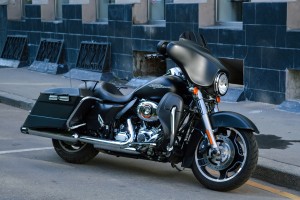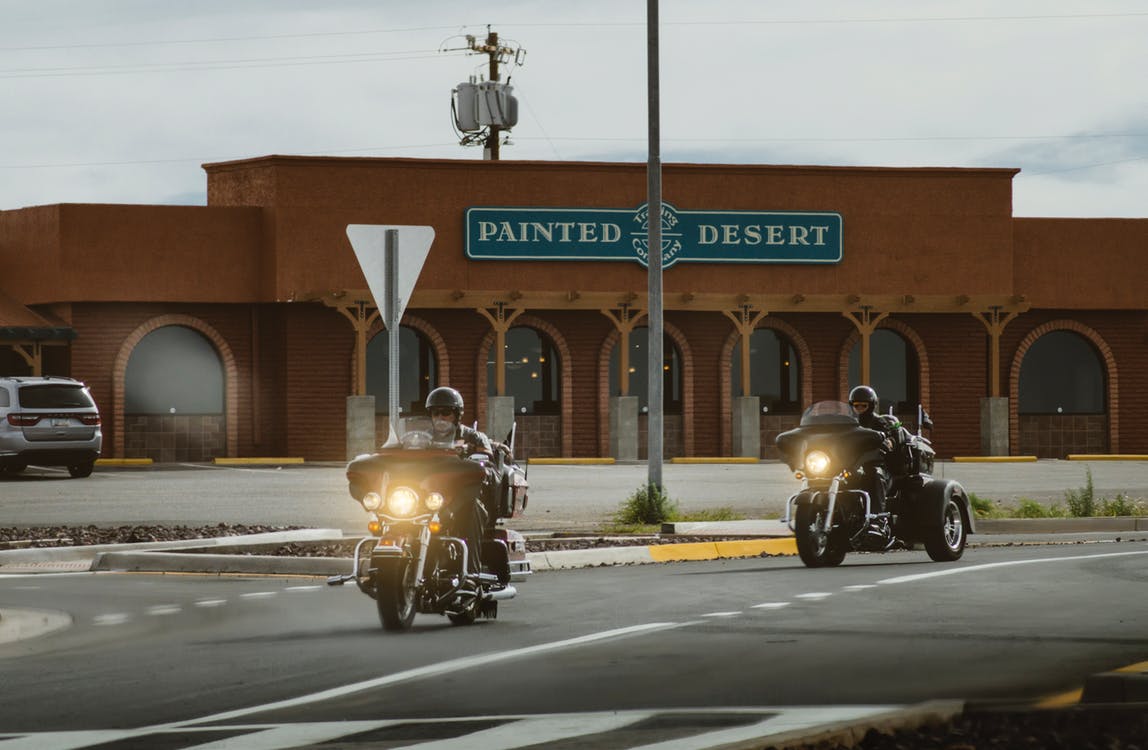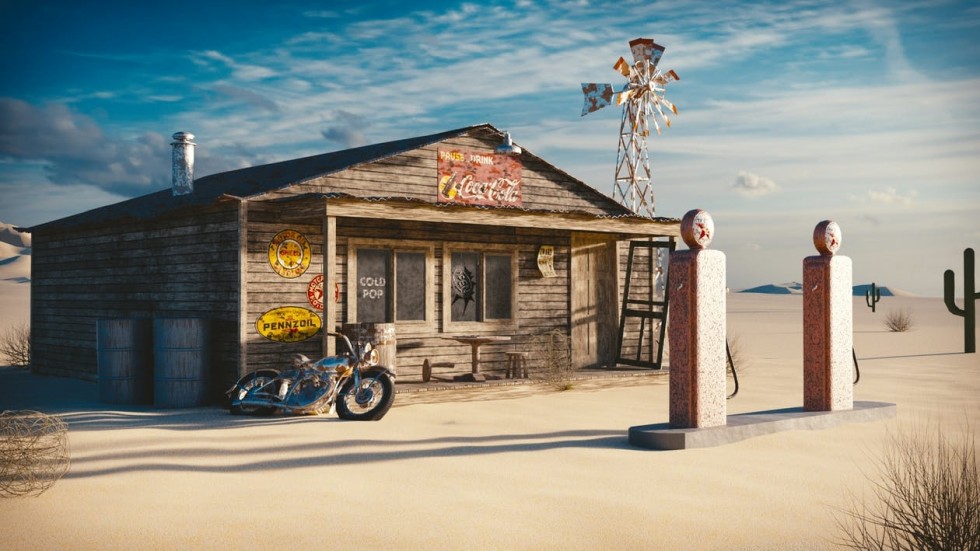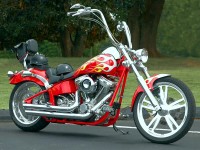It’s no secret that riding a motorcycle is more risky than driving a car. That’s backed up by statistics. For example, according to the data released in a government report, direct costs from injuries and fatalities caused by motorcycle accidents in 2010 amounted to $16 billion. Therefore, the safety of two-wheel vehicle drivers is crucial. In addition to standard precautions such as wearing a helmet and special outfit, a proper insurance is a must. In this post, we are going to focus on different types of motorcycle insurance coverage and factors that determine their costs.
Types of motorcycle insurance coverage
Basic types
1. Liability insurance
This is the type of coverage that most states require. It covers your expenses if the accident has occurred through your fault, the other driver or rider has been injured, and their property has been damaged.
2. Uninsured/underinsured coverage
This covers the expenses for treating injuries inflicted as a result of an accident with the involvement of an uninsured driver or driver with insufficient insurance coverage. It may also cover the damage to the property, but that varies from insurer to insurer.

Additional options
The bare-bone liability insurance coverage may turn out to be not enough to cover all your expenses. For instance, if the other party decides to sue you, it may entail hefty legal fees. That’s why it’s a good idea to supplement the basic coverage with one or more of the following options.
1. Transport trailer coverage
This covers damage to trailers separately from damage to motorcycles.
2. Roadside assistance
Your bike may have suddenly got stuck in the middle of nowhere. With the roadside assistance coverage, you can contact your insurer and they will send over a professional to get your machine moving again (or a towing truck).

3. Comprehensive
The comprehensive motorcycle insurance coverage pays out for your bike if it’s stolen. It also guarantees a compensation if your property has been damaged through colliding with an animal (but not with another vehicle) or through other causes.
4. Collision
This covers the damage to your bike as a result of colliding with another vehicle.
5. Accessory
Many motorcycle owners customize their vehicles with chrome parts, saddlebags, and other embellishments. The accessory coverage pays out for anything you add to your bike after its purchase.
6. Medical payments
This type of insurance will cover the medical expenses for you and your passenger (if any). If your injury is very bad, you may need as much money for medical payments as possible.

7. Trip interruption
You may have had an accident a long way from your home (normally 100 miles and above), with your motorcycle rendered useless or requiring professional repair services. The trip interruption motorcycle insurance pays out for food, accommodation, and transportation while you are away.
Motorcycle insurance cost-shaping factors
The cost of insurance coverage for motorcycle owners is not easy to calculate. Here is what insurers consider.
1. Bike use
If you use your bike for business purposes or commuting, you will pay more. If you use it occasionally for a joy ride, you will pay less.
2. Type, year, model, engine size, and make
The owner of a new sports bike will have to pay more than the owner of a cruiser with a small engine.

3. Driving record
A law-abiding biker with no problems with the road police will pay less.
4. Age
Younger motorists are likely to have accidents more frequently than older and more experienced ones. That’s why an insurance for a younger motorist will be more expensive.

5. State and area
The cost of the same type of insurance in different states may vary. That can be explained by regional factors including the following:
- Weather and climate. In natural disaster-prone areas, the cost of insurance can be greater.
- Temperature. In the southern states, riding a bike is possible regardless of the season. In the north, you will see no motorcycles on the roads in winter because of the cold climate. Consequently, an insurance costs less there.
- Number of uninsured drivers. The more people without an insurance reside in your state, the more you will have to pay.
- Number of road accidents. States and areas where traffic accidents are more frequent will sell coverage at a higher rate.

Based on all those factors, different regions determine their final insurance price. The states with the cheapest coverage annually are North Dakota ($283), Iowa ($323), Oklahoma ($341), and New Hampshire ($352). The most expensive insurance can be found in Louisiana ($896), Texas ($749), Michigan ($746), Delaware ($734), and Florida ($689).
We hope your state is in the first list and wish you to choose the optimal coverage for your iron horse.





